Severance is a hall divided. Literally.
“There is legitimately a line!” says Sarah Griffin ’25, a resident advisor on the second floor of Severance, laughing. In fact, a perceptible line runs through the dorm, denoted by different colored carpets and ceiling tiles, marking which half of the building was renovated this past summer, and which half will get the same treatment in summer 2023.
But renovating Severance Hall is just the beginning of a massive 10-year plan to overhaul and upgrade every large residence hall on campus, and it involves far more than carpet and ceiling tiles.
Building a Plan of Action
The College is nearing its 150th anniversary, and many of its buildings are well past their centennial. While these structures reflect the storied and revered history of Wellesley, they also reflect the ravages of time—and the changing standards it brings. The residence halls have aged, often badly, and maintenance and upgrades were too long deferred. For the past six years, the College has focused on critical repairs, addressing failing building systems, leaking roofs and windows, and other urgent problems. These repairs touched every dorm on campus, large and small, ensuring that the students had safe places to live.
At the same time, the College was developing a long-term strategy to address the larger issues facing these residences. “We have a plan that’s mapped to address all of these buildings over the next 10 years,” says Dave Chakraborty, assistant vice president of facilities management and planning. “These are historical buildings, and these are very charming structures, and therefore, we are not going to tear down the buildings and build from new. We are going to renovate the existing buildings so that the look, the feel, the nuances of each and every building—we will protect that.”
That’s no easy feat, considering that the College is a largely residential one, and the dorms are filled to capacity each year. Several options were considered, including off-campus housing and modular temporary dorms, but in the end, the best choice was working on each residence hall in phases during the summer months. The projects’ timelines are so intense that the College has adjusted its academic calendar to allow more time for these “summer slammers.” Notably for alumnae, reunion will take place earlier in the spring than before—in 2023, May 26–28.

“Severance is the kickoff, the first building of the next 10 years,” says Michelle Maheu, director of planning, design, and construction. “As we move along in future summers, we will have multiple buildings going at the same time. Every building has to be renovated over two summers, and that’s because we don’t have space to put the students elsewhere, so we’re limited to the summer construction window. And because there’s so much work to do, we can’t do it in one summer.”
This roughly $250 million plan focuses on all the large residence halls and includes largely universal upgrades as well as needs that are particular to each building. In addition to addressing aging structures and systems, the plan also tackles several long-term goals of the College. “Our goal is to make each building aesthetically pleasing, accessible, energy efficient, and functional,” says Chakraborty. But these goals go beyond the physical aspects of the building. “It’s so much more than heating and cooling. It’s preserving what’s there, growing what’s good, and making sure there’s opportunity for all people to be able to experience it, as well,” says Helen Wang, associate dean of residential life and community development.
Building a More Energy-Efficient Dorm
In April 2021, the College announced its plan to address climate change and how energy is consumed by the campus, with an ultimate goal of zero greenhouse gas emissions by 2040. As a residential college, much of the energy consumed during the school year comes from the heating and electricity used in the residence halls. Making these buildings more energy efficient and integrating them into the larger energy plan was a significant part of the renovation’s planning and design process.
One of the biggest parts of the College’s energy plan hinges on shifting from the current heating system, which relies on high-temperature steam produced by burning natural gas, to a low-temperature system that can utilize renewable energy sources. That system requires a different infrastructure, meaning significant changes will be taking place inside the walls in each dorm.
In addition to the heating system, other systems were tested and analyzed for their longevity, including roofs, windows, masonry, wiring, plumbing, and sprinkler systems. “For Severance, we’re replacing the wiring, but in other buildings, we may not have to replace the wiring. So, for each building when we design it, we will do a full analysis and then determine what the scope is going to be,” Chakraborty says. All of the buildings will be getting the new heating infrastructure, new energy-efficient radiators, and energy-efficient lighting upgrades.
Fixtures are not the only consideration when it comes to energy efficiency, however. “We did a lot of energy modeling and energy studies to learn what different tools we could consider in order to increase the efficiency of the building, but yet retain its historical character,” Maheu says. The critical roof work already done was a big first step, but in Severance, new interior storm windows will minimize drafts while preserving the historic windows. “We’re also adding a layer of insulation at the walls of the buildings, so that means every room is going to be about an inch smaller, but we take [energy efficiency] seriously,” Maheu says. “We were very careful about making changes that would have a high impact, but low effect on the architecture and experience of the students.”
Building Accessibility
While increasing energy efficiency presented its own set of obstacles, increasing accessibility was a particular challenge for buildings of this age. “When these buildings were built, accessibility wasn’t even considered,” Chakraborty says. Severance Hall opened in January 1927, and building codes (for accessibility and other issues) have changed a lot since then. “It’s almost impossible to bring these buildings up to accessibility code requirements unless you absolutely gut everything down and rebuild them, which we didn’t want to do,” Chakraborty says. But the College is committed to improving accessibility for students across the campus.
The College worked closely with the Massachusetts Architectural Access Board (MAAB) to create a plan to address accessibility needs through these renovations. “We went through a two-year negotiation and planning process with MAAB to create what’s called a memorandum of understanding,” Maheu says. “We’re creating accessibility at the neighborhood level, rather than the building-by-building level, so they’re giving us a little bit of flexibility in how we reach our accessibility.”




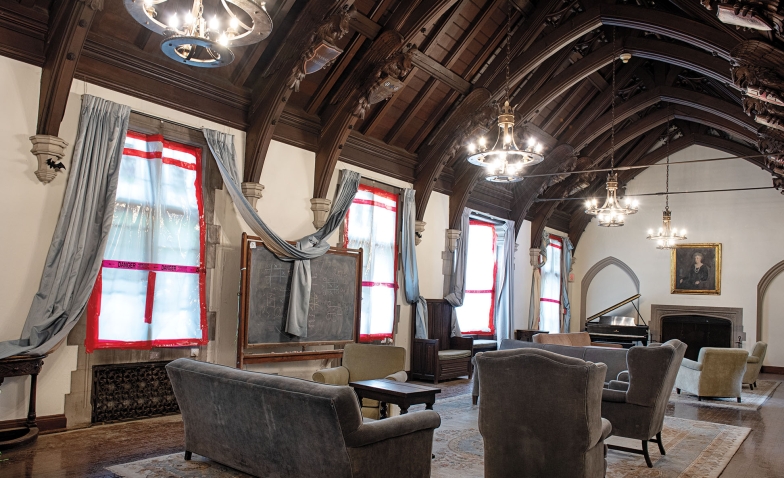
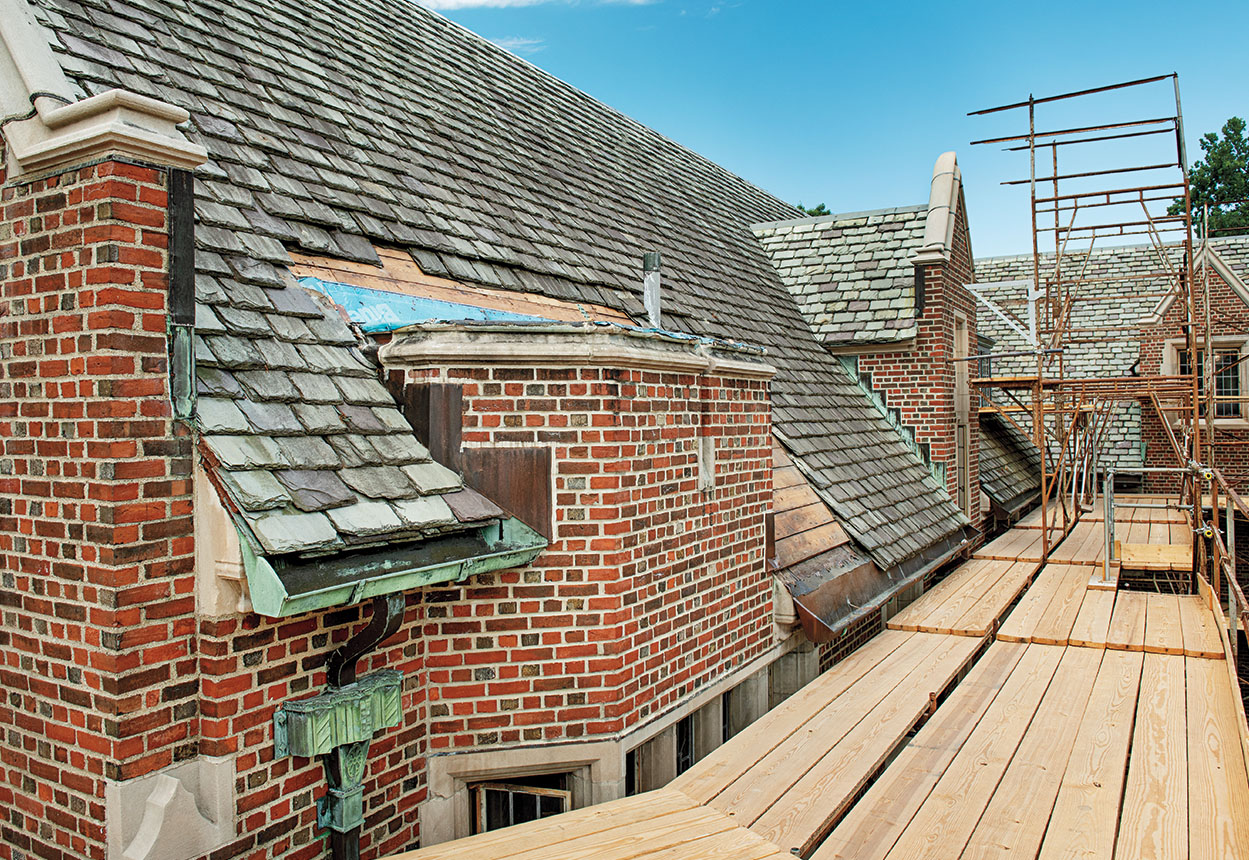
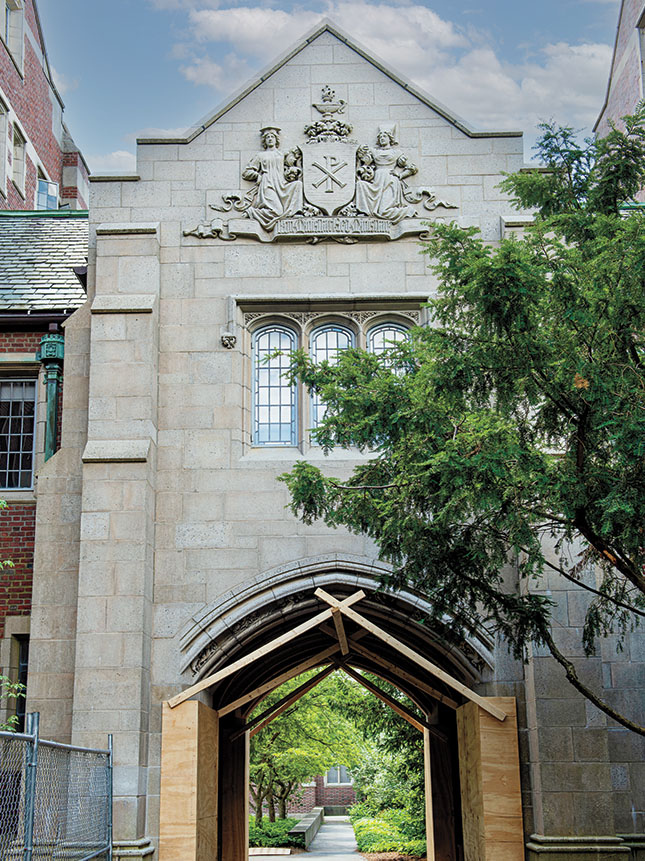
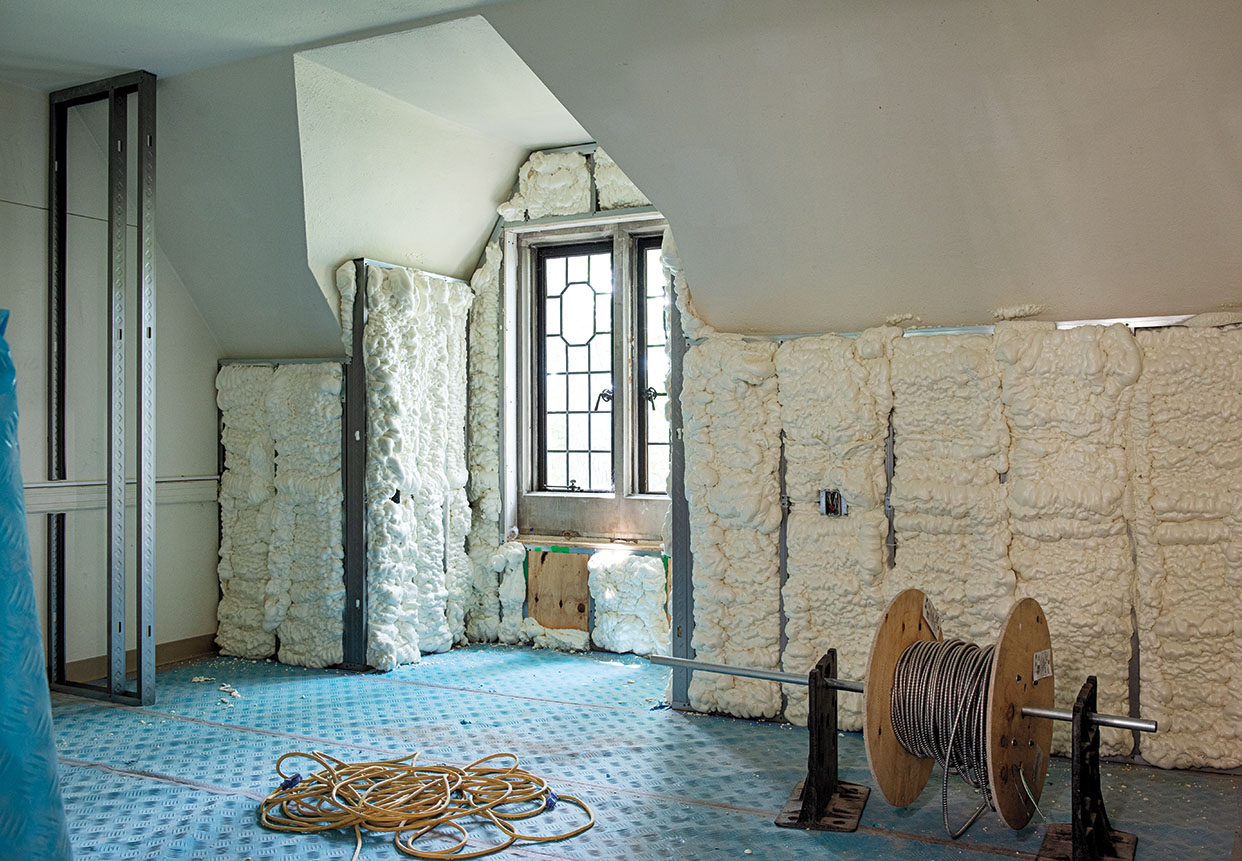
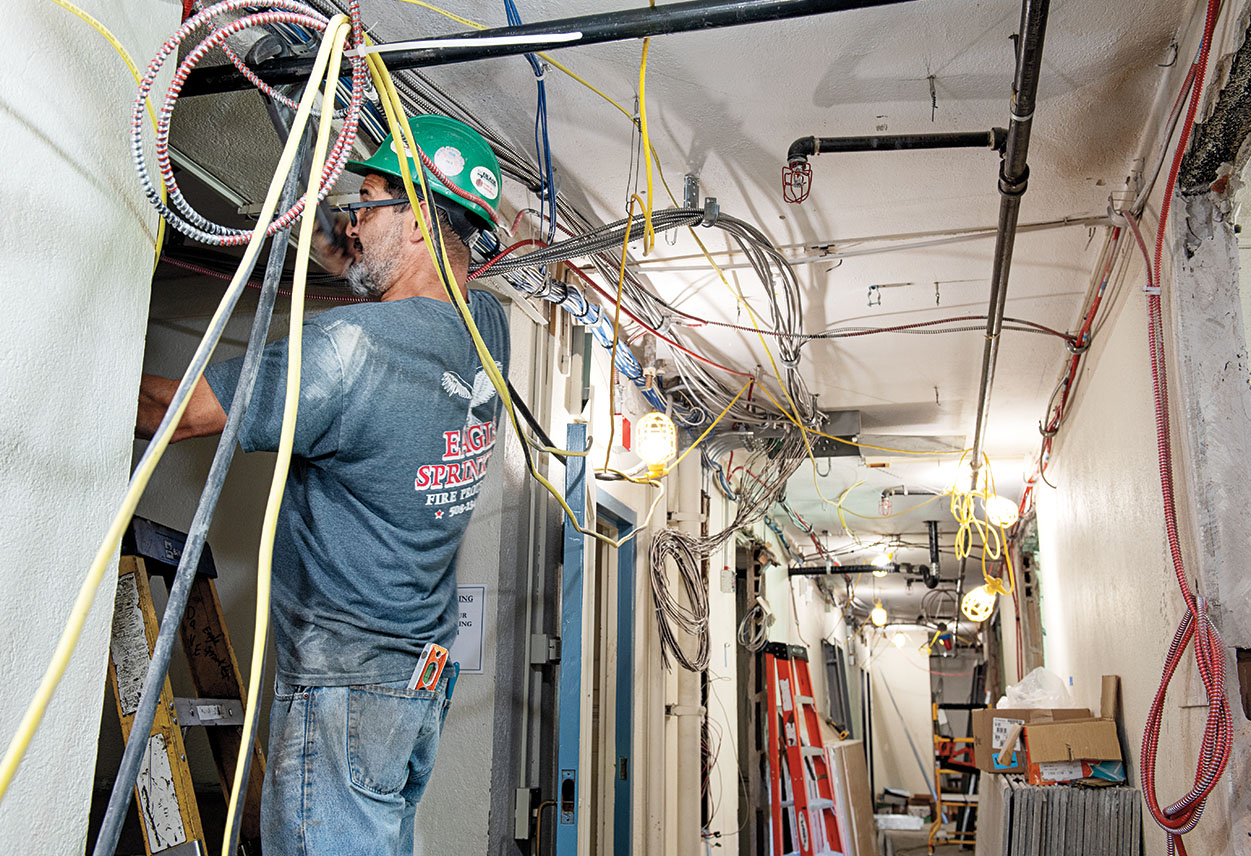
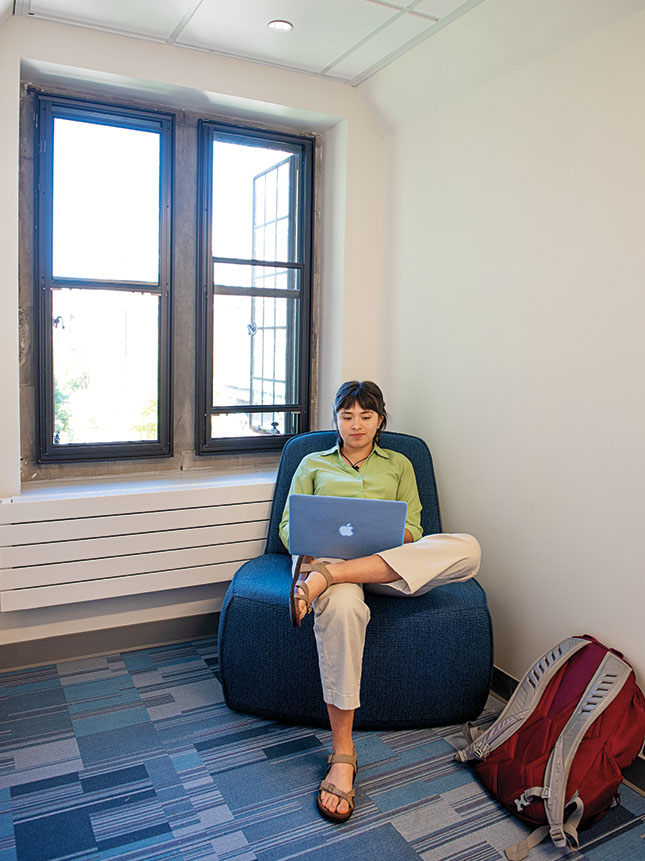
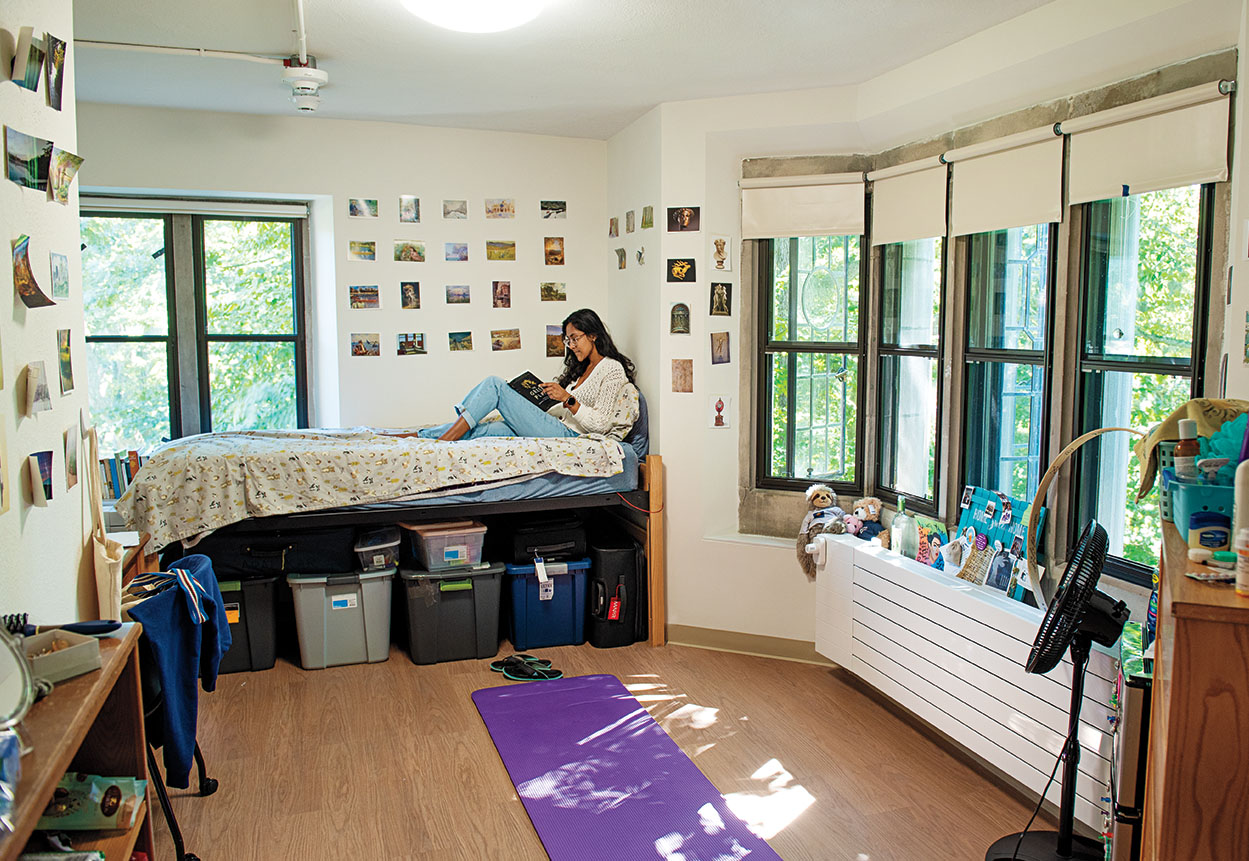
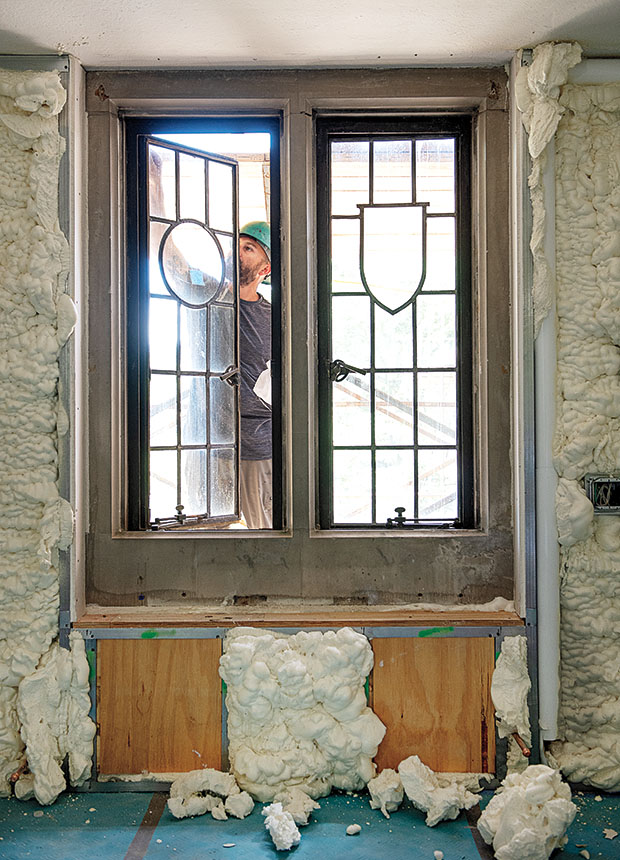
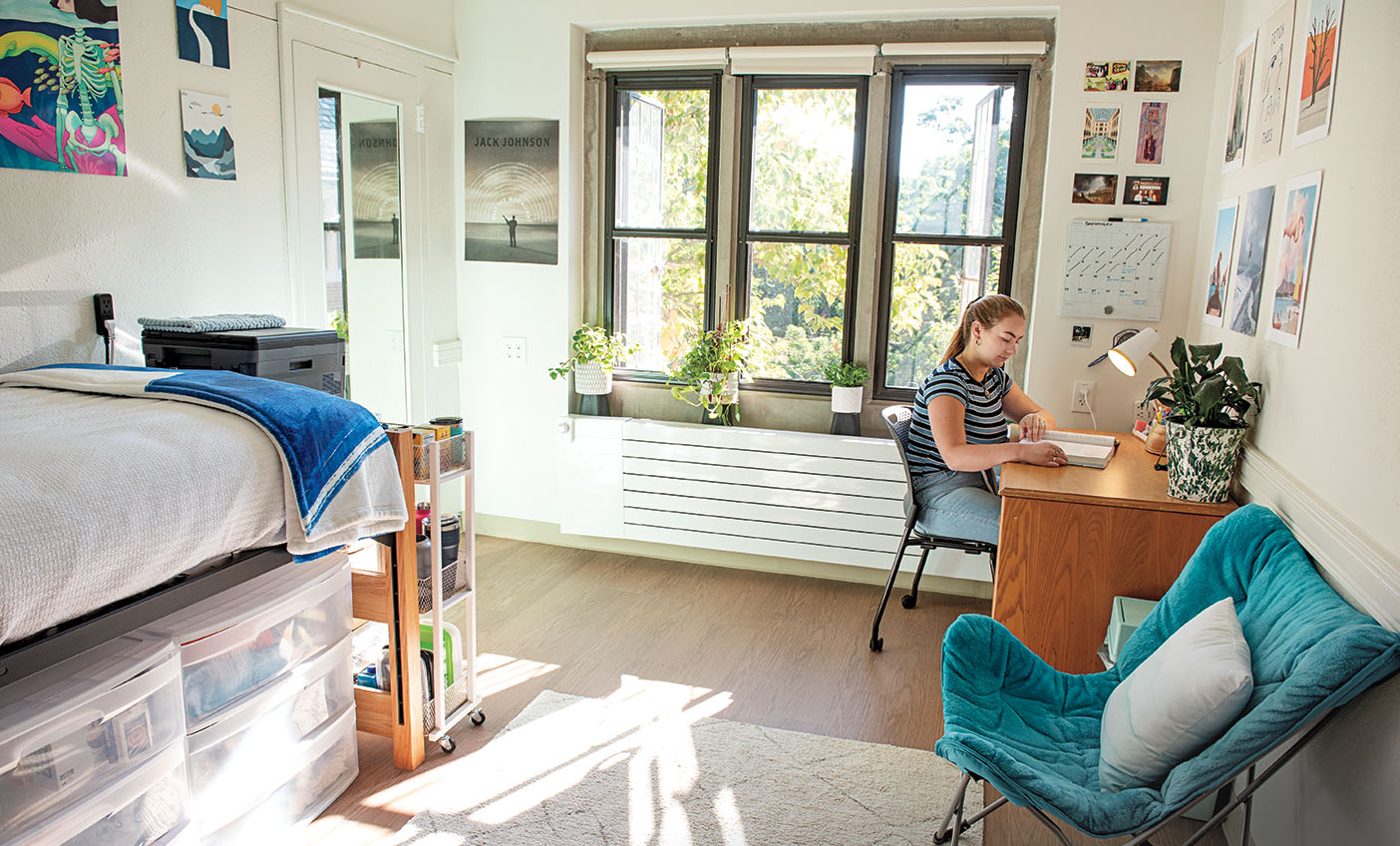


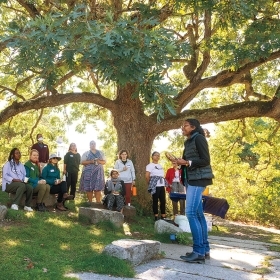

We ask that those who engage in Wellesley magazine's online community act with honesty, integrity, and respect. (Remember the honor code, alums?) We reserve the right to remove comments by impersonators or comments that are not civil and relevant to the subject at hand. By posting here, you are permitting Wellesley magazine to edit and republish your comment in all media. Please remember that all posts are public.